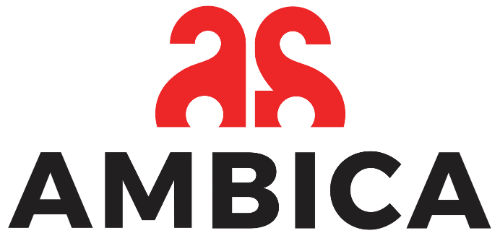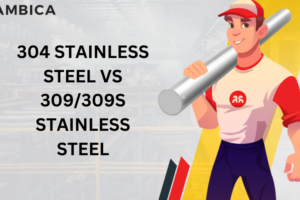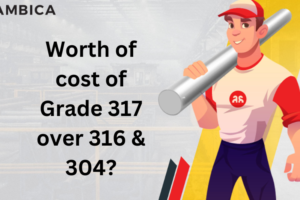In 2015, India overtook the United States to become the world’s third largest producer of Steel behind China and Japan. With the 2017 Steel policy and the overall world steel market trend, it may overtake Japan. The National Steel Policy (NSP) 2017 aims to stimulate the Indian steel sector and if it works out, then India is well on the way to the very top in the global steel market.
The new policy is to be a roadmap towards catapulting the country’s annual steel production to 300 million tonnes by 2025.
Key Features of the Steel Policy of India 2017
- Create self-sufficiency in steel production by providing policy support & guidance to private manufacturers, MSME steel producers, CPSEs
- Encourage adequate capacity additions
- Development of globally competitive steel manufacturing capabilities
- Cost-efficient production
- Domestic availability of iron ore, coking coal & natural gas
- Facilitating foreign investment
- Asset acquisitions of raw materials
- Enhancing the domestic steel demand
Long Run Impacts of NSP on Domestic Manufacturers in Giant and MSME’s Sector
Increased government spending on infrastructure, defence, railways and construction will drive the expected growth. This growth is supposed to translate into 230 million tonne demand for steel by 2030-31. This will automatically provide large materials and steel market for manufacturers.
The NSP 2017 will protect the domestic steel industry in the country so as to meet the increasing demand. This will boost the growth of the MSME sector and other domestic manufacturers.
The preference policy will probably push up the demands and gains of domestic producers as it weakens competitions from imported materials. There is also the possibility of marginal increase in capacity utilization with overall headroom for growth.
The present lack of technological efficiency witnessed in the Indian steel industry will improve with the increase in competition with other top producers like China and Japan, surge in local demand and increased profit margin. This is bound to improve the quality of the Indian steel products and boost the market further especially for the MSME.
Effects of the NSP 2007 on Indian GDP
- The steel industry is among the fastest growing economic sectors in the country. This will definitely accelerate with the new policy.
- India being a major producer of steel owes about 2% of its current GDP to the industry. This will improve with the NSP 2017.
- The automobile industry along with real estate, transportation (air, water and rail) industries are the major drivers of the steel industry. Increase in the activities in these sectors will mean more production and employment for the populace and thus, increase in the GDP.
- Decrease in importation and increase in exportation of steel means increase in GDP too.
However, this trend is dependent on global steel market and the GDP of other steel producing countries, especially China.






